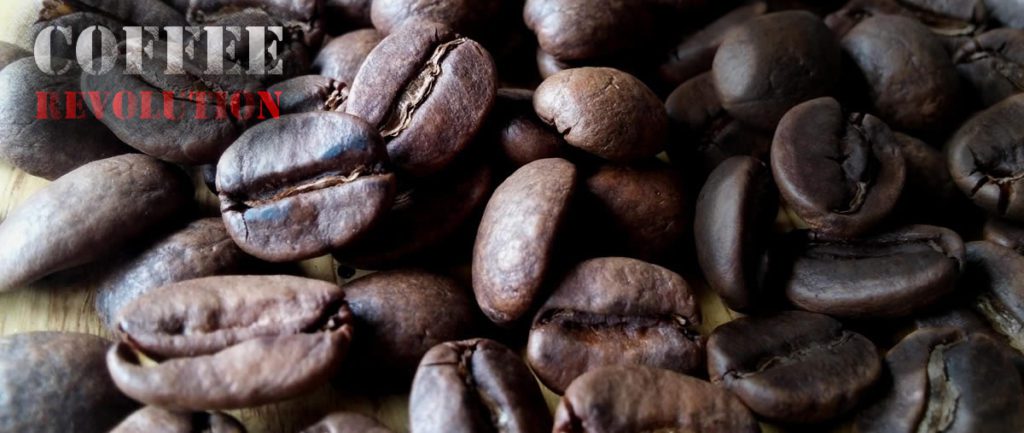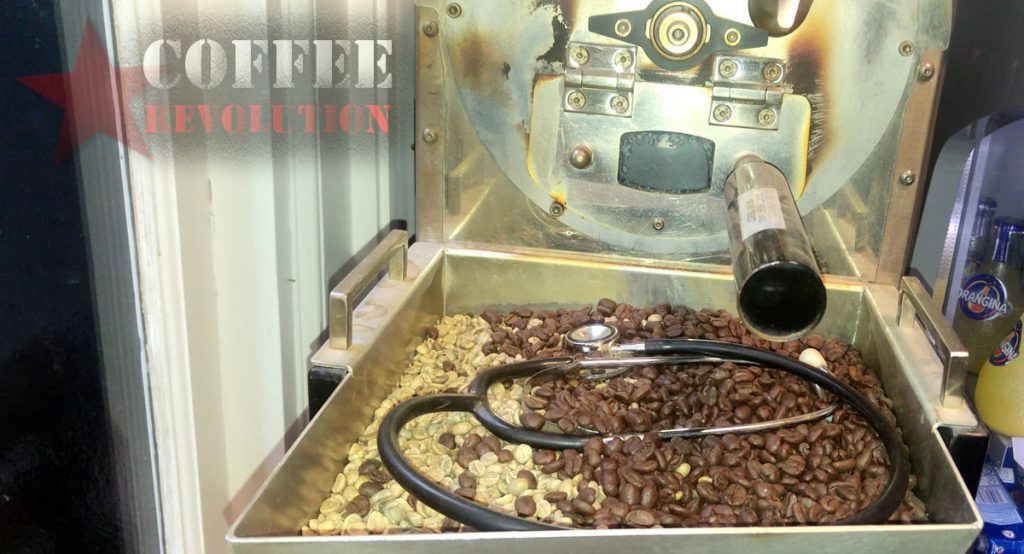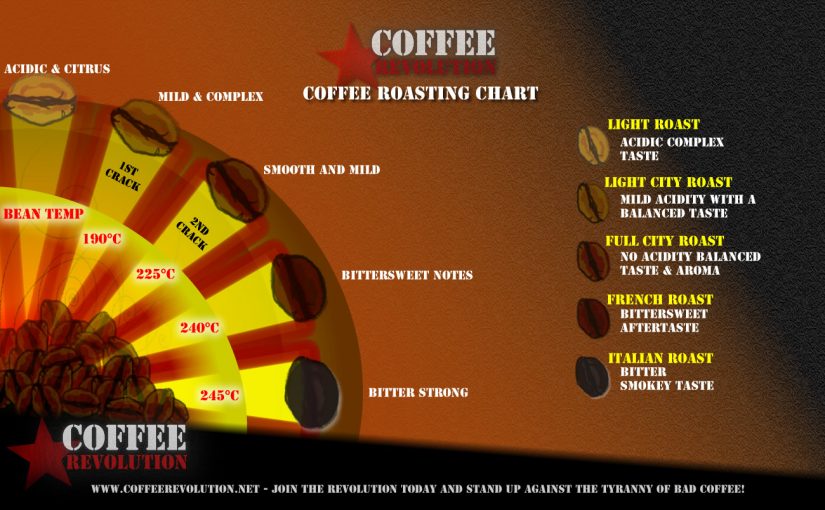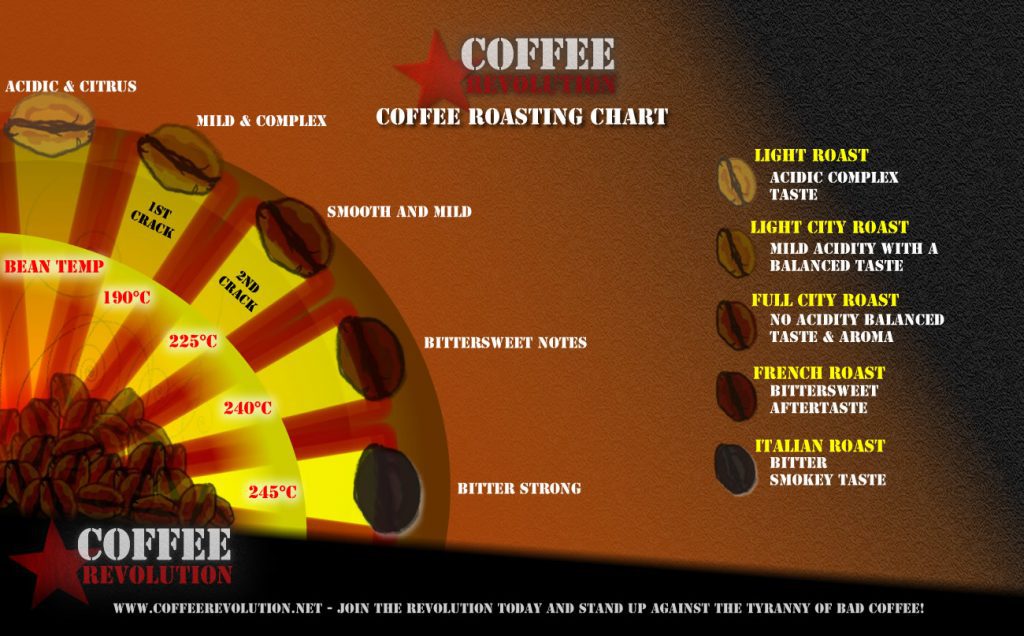Coffee roasting is a massive part of drinking coffee. In fact, it is almost impossible to drink or make coffee from unroasted green beans, as they are as hard as rocks after they are initially dried by the farmers.
The coffee roasting process can take years to master, and involves a large amount patience and skill, as roasting even a couple second longer could ruin the coffee beans, or even set them on fire.
There are three main roast categories of coffee: light, medium, and dark, in accordance to how long the green beans are roasted.

In this article, we will go over the profiles of the three main roasting categories, as well as some general roasting tips.
Lighter roasted coffee is usually very bright and light on the tongue, typically having a slight citrus flavor as well, depending on the origin of the bean. It is also said that lighter roasts of coffee have more caffeine than dark roasts, as less is cooked out in the roasting process.
It is also said that lighter roasts can have much stronger more complex flavors than dark roasts, if the roaster knows what they are doing.
Medium roasts are a strong middle ground between the light and dark. A fair amount of flavor and caffeine. In fact, one of my favorite coffee blends is considered a medium roast.
Dark roasts are usually for people looking for a party in their mouth, as far as flavor goes. These roasts are usually very complex, but off putting to most people because they are so strong. The darkest style of coffee is usually referred to as French roast, as the beans are roasted until they will almost catch fire. Even though these roasts have less caffeine per gram, it is shown in some scientific studies that they contain more antioxidants than their lighter roasted counterparts.

As far as home coffee roasting, a lot of people start off with a generic popcorn popper, or even a frying pan on low heat. Using these methods will often result in uneven roasting, and inconsistency. After a short while, if one really likes roasting their own coffee, and wants to take it further, they will invest in a less expensive roasting machine, and slowly move up from there.
There are a few couple steps in the roasting process that signify different levels of toastiness in the beans.
Listen to the crack
Using a Stethoscope on a roaster or keeping an ear to your beans as they roast you will learn to listen to the crack. This step of roasting is known as “pops” or “cracks.” When roasting, after a few minutes, it will sound like there is popcorn in the roaster, as all the beans start to degas.
The next crack symbolizes a point where the beans are extremely well done, and because there is a big middle ground between the first and second cracks, it leaves a lot of room for experimentation.
Roasting times which will depend slightly on the bean and bean freshness,
- 7 minutes of roasting gives a light roast,
- 9-11 gives a medium-dark,
- 12-13 will give a pretty dark roast, and
- 14 will be the darkest.
Even just a few moments after 14 minutes, and the coffee beans can start to smoke, and may even catch fire.
There is a lot that goes into roasting coffee, but it is worth a shot with a popcorn popper to see if you have interest in a new hobby, that could even make you some money!
You also have the option of blending roasted beans to further vary the flavor and complexity of the coffee. For example you could mix 50% medium and 50% dark roast to get hints of both, or choose other variations to suit your taste buds.
Here is an infographic showing the flavor profiles and stages of roasting.

